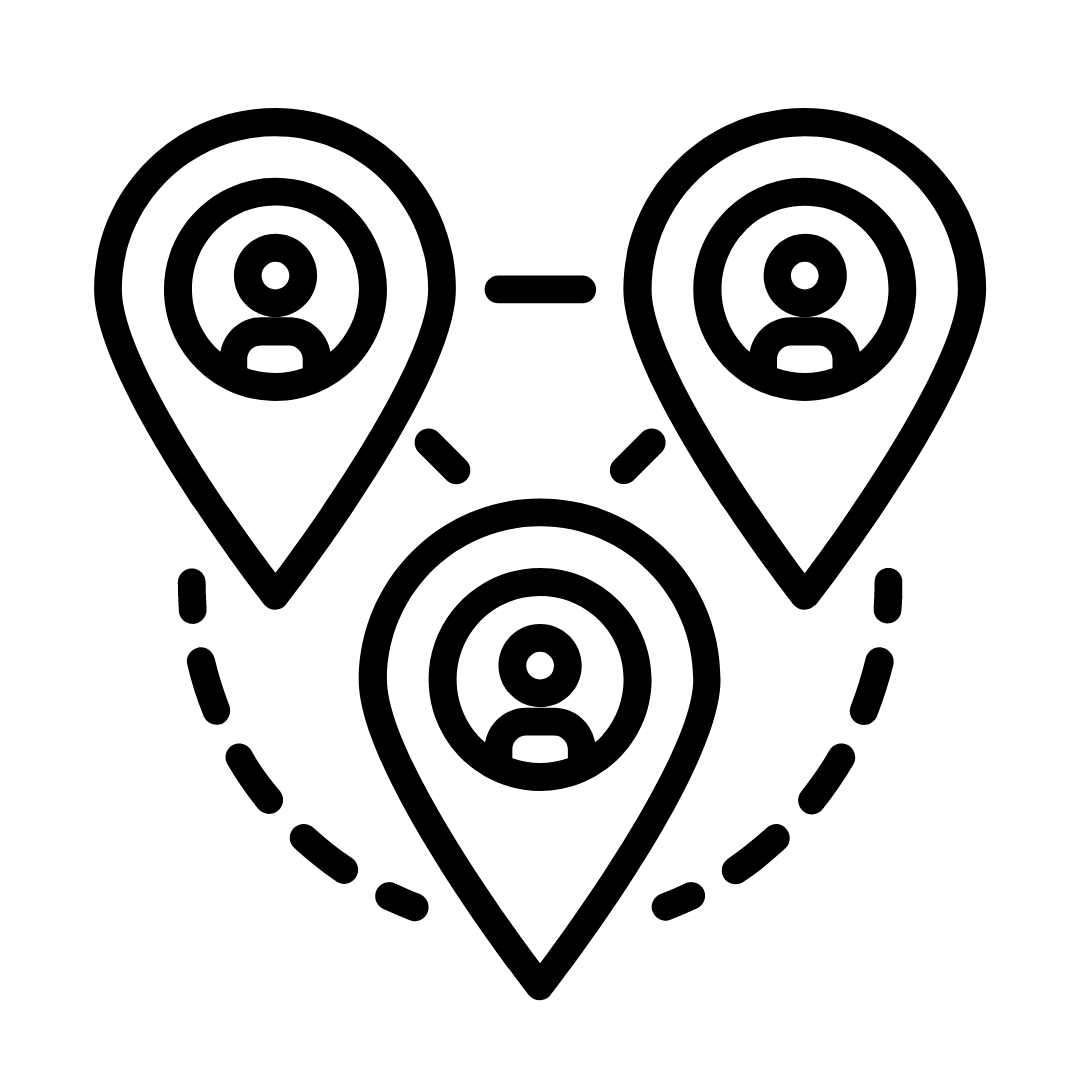How Work May Change For Good
The pandemic forced digital transformation, fast.
The COVID-19 pandemic has forced companies across the globe to virtually move 100% of their employees remote and give them the tools and access to work from home. This forced move to a remote workforce has helped debunk myths about working from home. Nearly every company we spoke to reported above-average productivity by their second or third weeks of remote work. Once they moved past technical hiccups and logistical issues, productivity was higher than ever. In addition, despite having no contact with one another in person, several leaders have reported that they have never felt more connected to their employees and their teams.
“Flexibility is one of the core values of [our company]. It helps us be more attractive to young people and people at different stages of their life."
The firms that fared well-respected flexibility to begin with
The companies that fared the best in this brief transition period had existing flexible working resources and policies. Thus some or all of their workforce already could work remotely. As noted above, several companies we spoke with have adopted flexible working policies to be attractive to women and young people. Another company had adopted work-from-home policies to create a “neighborhood seating” set up in their office- allowing about 1.6 employees per seat. To support this, virtually every employee could work from home and would do so one to two days a week. These companies had a more seamless transition than their peers who previously resisted working from home.
Suddenly in March, as companies worldwide moved their workforces remote, monitors, laptops and other supplies were in high demand. Companies that needed to find them for a portion of their workforce fared better than those that needed them for their entire workforce. In general, firms with existing flexible working practices were back up and running within a week from lockdown. Those who did not or who had extensive outsourced or vendor networks took a bit longer. When asked how leaders addressed individual and team productivity, one leader noted that most of their team was offshore and that the capacity for remote work had been delayed. This forced a few onshore team members to triage work and try to cover the work for the whole team. This situation has caused them to reflect on the benefits and challenges of having an offshore workforce.
“This has been a big leveler for all of us. I am sharing recipes with my team which I’d never imagined I'd be doing. It’s taken away a lot of the barriers of manager versus staff. We’re all stuck in the same predicament, scared of the same things, we feel connected and really feel like a team.”
Remote Working - here to stay?
On the contrary, the success of remote Working during Covid-19 has also allowed many to realize that they don’t need to have a workforce that works exclusively at the office: “With Covid, we realized we don’t need to be geography-specific going forward in our hiring. We used to make hiring location-specific, but then you’re limited by a certain talent pool. We’ve realized we can recruit people all over the world once this is over. There’s no reason they have to be in one place.” This sentiment was echoed across companies. While many hope to return to the office, the doors are open for a remote workforce or select remote employees. Hiring outside of one’s geographic location could potentially allow for a massive increase in capacity and innovation.
Every representative we spoke with indicated they had never felt more connected to their company, leadership, and teams. Companies have been engaging in various creative activities, including team lunches/breakfasts, drawing competitions to engage employees’ kids, recipe sharing, check-in apps, weekly meditations, yoga, company-wide town halls, and much more.
This unprecedented moment in time will change the way we work for good.
This pandemic is not just impacting teams in one locale but globally. One company noted that 100% of its workforce was working from home. The workforce was spread over Asia, the United States, and Eastern Europe. They were now engaged in weekly company-wide town halls when they had exclusively done meetings within locations before. It has allowed a new level of connection firm-wide, connecting teams and individuals across the globe.
Another company had assigned employees into groups of tens, with one manager-level employee as the "head" of the group. These groups acted as a space for employees to meet, connect, and check-in. They shared recipes, articles, extended support, etc. The head of each group reported to a different high-level employee, so these groups could act both as a connection tool for employees and a managing tool for the company to gauge the general mood of their employees.
Several companies have started apps. In some cases, they're an opportunity for HR departments to continue their work of supporting employees with different programs (meditation, yoga, counseling, etc.) In other cases, these apps are a way for companies to gather data. One company had created several apps. One was intended as a productivity tracker; employees could log all their work that day. Another was a wellness tool. It asked questions such as "How am I feeling today?, Where am I working from?, Is my health okay?, What is my mood like?" and aggregated anonymized data and sent it to managers, so they could get a broad understanding of their team's mindset and any steps they need to take to help. All of these allow management to take appropriate action to support their workforce.
In many ways, this unprecedented moment in time will change the way we work for good. We're talking with industry leaders to see what they're doing now and what they see in the future of their companies. Keep an eye out for the next installment of our Best Practices during COVID-19 series.
Privacy Policy Terms Of Use




